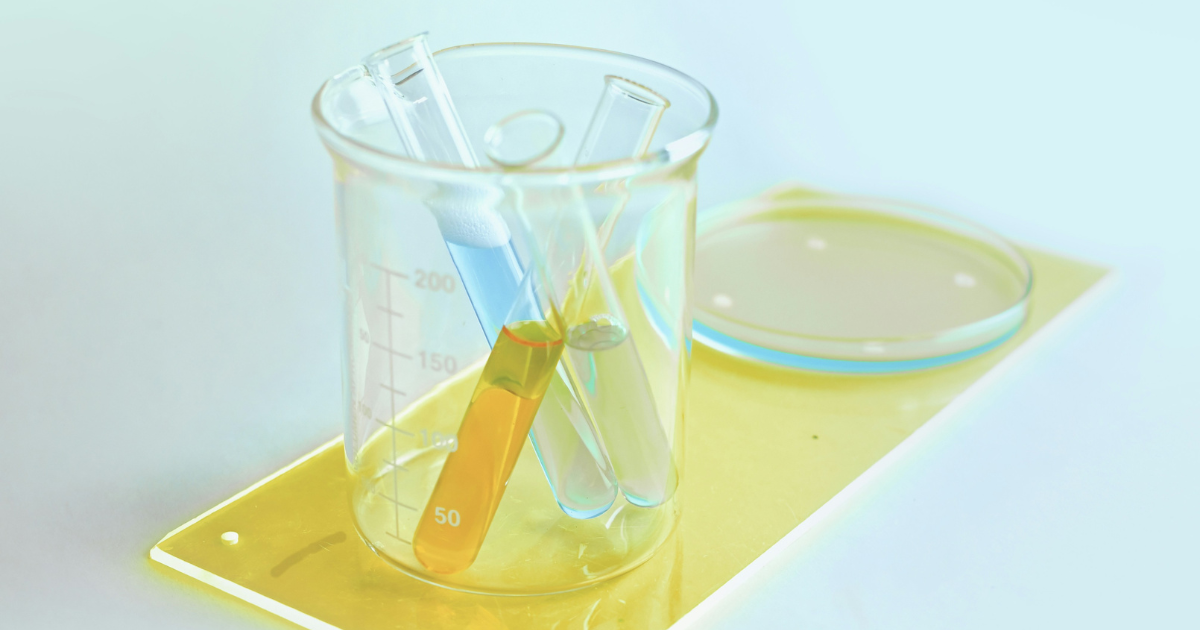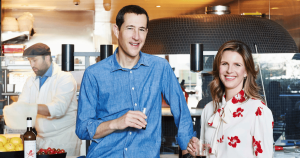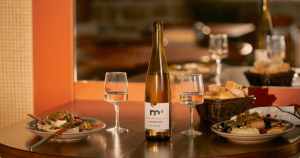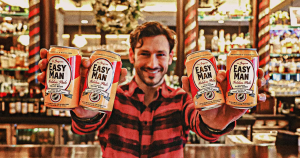By Matthias Laudico and Charlotte Mizrahi, Co-Founders of Ley Line Labs
When developing a beverage, there are countless moving pieces to consider. Most formulation advisory should be tailored to your brand. That said, there are a few red and green flags that translate across the board—plus tips for nailing your product development brief.
Red and Green Flags
Manufacturers
Red flags: there’s no clear documentation about intellectual property ownership. This could mean a host of troublesome things. For one, they may be using a white labeled formula, which means it’s the same formula used for multiple brands. If they don’t share your formulation with you, you can’t make adjustments in the future or communicate effectively with ingredient suppliers. This will cause major trouble!
Green flags: transparency. If the manufacturer supplies all audit documents, offers a walk-through of the production floor, and clarifies brand ownership of the formula, these are all good signs.
Product developers (formulators, designers, and brand strategists)
Red flags: inconsistent and unclear communication. Communication is key with any healthy relationship, and that includes the relationships you have with your service providers.
Green flags: mutual respect and passion. These are the folks helping to execute on your vision. It’s critical that they hear you and your goals for your brand. On the flip side, you’ve hired professionals for a reason—to help guide you through a process that requires a variety of skills and experience. All parties should be passionate about the project and respect each other’s viewpoints.
What makes a great brief
The biggest difficulty for new brands? Making sure their formulator understands their vision. Here are some key brief components so that, no matter who you work with, you can get the right product made.
The product development process is all about understanding your Who, Where, When, Why, and What:
- Who: your target consumer.
- Where: your distribution goals.
- When: your milestone timeline. If you want to target a specific season, work backward from that and pad the estimated timelines for each milestone.
- Why: your ethos. What’s your reason for bringing this product into the world?
- What: the product descriptors—flavors, packaging format and size, carbonated versus still, and any major call-outs or certifications. The Who, Where, and Why will help direct these decisions.
Then you can get to How. Your formulator will deliver on your brief via their creativity and consumer data to refine your concept through every stage of development. After that, it’s into the hands of your consumers!
About the authors
Ley Line Labs is a CPG product development collective that offers the flexibility of an agency with the full service capabilities of a larger firm. At our core, we focus on efficiently building beautiful products, while supporting small businesses on both the brand and service provider side. Passionate about product, productivity, and people, we’re in it to make cool things and work with founders we believe in. Our process is full flavored and full service—we piece together the full CPG puzzle, starting with market analysis, branding, and formulation. When the data’s determined and the product’s polished, we coordinate with manufacturing, compliance, distribution, and media experts for a product launch that matches the brand’s goals and ethos. We live for libations and everything that gets them from brain to bottle.
Dry Atlas is a media company focused on alcohol alternatives. We deliver non-alcoholic beverage news, insights, and recs to over five million people annually. To stay up to date on all things non-alc, subscribe to our weekly newsletter.






